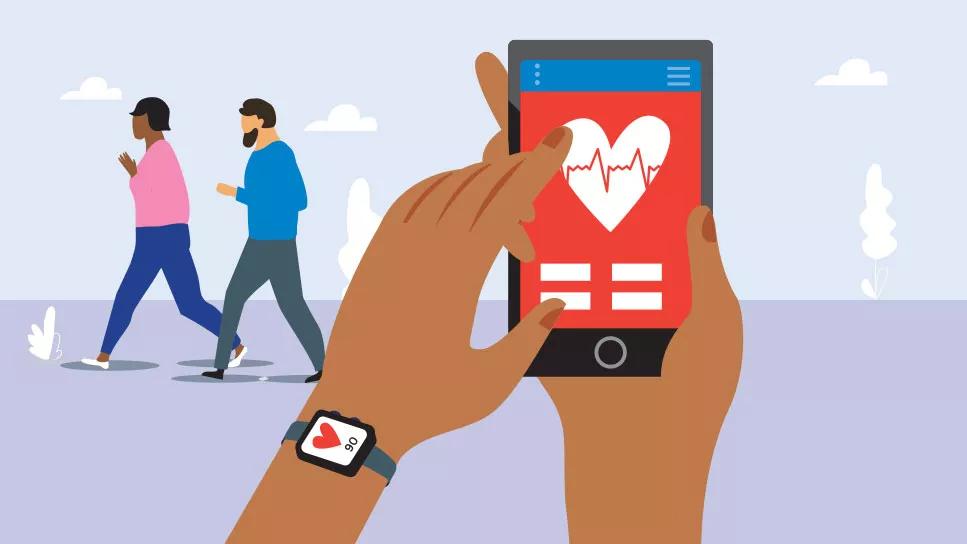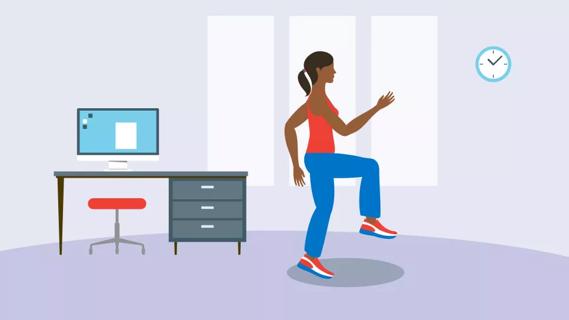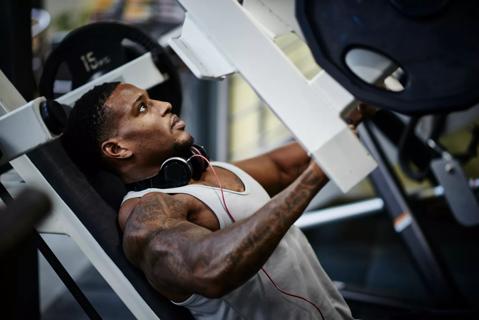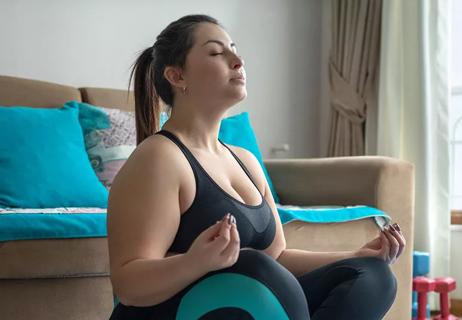This technology can benefit your workouts by helping you hit your target heart rate, resulting in better overall health and wellness

Technology has made data experts out of all of us, especially when it comes to exercising. Where just a few years ago most of us had no idea exactly how many steps we took in a day, how far we ran or what our pace was, wearable devices now leave this information — literally — at our fingertips.
Cleveland Clinic is a non-profit academic medical center. Advertising on our site helps support our mission. We do not endorse non-Cleveland Clinic products or services. Policy
One piece of information that stands out is heart rate. That number alone can tell you a lot about your workout, your ability to recover and your overall health.
Exercise physiologist Chris Travers, MS, explains what you should know if you’re considering a heart rate monitor and how best to use one the next time you’re physically active.
Cleveland Clinic’s 2024 Heart Health Survey of the general U.S. population reports that 50% of Americans use at least one type of technology to monitor their health — and more than half of all Americans track their heart rate specifically. It’s no wonder that cardiovascular disease remains the leading cause of death in the United States, accounting for 928,741 deaths in 2020.
But how does your heart rate fit into your exercise routine? And why should you monitor your heart rate when you’re physically active?
Well, using a heart rate monitor during workouts lets you track key information besides just how fast your heart is beating.
“When you exercise, you’re using energy,” explains Travers. “And when you’re measuring your heart rate, you’re able to figure out what energy source you’re using.”
The higher your heart rate gets, the more calories you’re burning. “But,” Travers continues, “the higher your heart rate is, you’re burning more carbohydrates than fat for energy because your body can’t burn fat fast enough.”
By using a heart rate monitor during a workout, you can adjust your energy output to match your heart rate to the best level to burn fat.
“Developing the best cardiovascular exercise routine not only includes the amount of time you exercise, but also the intensity of the workout,” Travers notes. “Monitoring your intensity will allow you to get the optimal caloric expenditure and burning of fats and carbohydrates. A good heart rate monitor can help you monitor the intensity of your workouts.”
Heart rate monitors work by measuring electrical signals from your heart. These signals are then transmitted to a wristwatch or data center. Many models let you analyze data via a computer, and having that data allows you to interpret your workout and better understand the benefits of your exercise.
You can also get a rough estimate by monitoring your own pulse the old-fashioned way — feeling it in your wrist or your neck — but that can be disruptive to your actual workout. An electronic heart rate monitor can give you more accurate, real-time data.
No, it’s not required that you bring a heart rate monitor into your workout routine. You can maintain an active, healthy lifestyle filled with exercise without ever using one. But if the information provided by a heart rate monitor is important to you, especially during workouts, and you’re on a weight loss journey, you might want to give it a go.
During exercise, your heart rate is a key indicator of how intense your workout is.
“Maintaining a certain heart rate for a prolonged period of time can help you burn more calories and fat while also improving your cardiovascular health,” Travers says.
But it’s also possible to overexert yourself, and a heart rate monitor can alert you to that danger, too.
Using a heart rate monitor, you can figure out your current heart rate zone during exercise. First, you’ll need your maximum heart rate which you can get by subtracting your age from 220. For example, if you’re 35, your max heart rate is 185. At this point, you can figure out what heart rate zone is best for burning fat.
At 50% to 60% of your maximum heart rate, you’re using 85% fat to burn calories. At 60% to 70% of your maximum heart rate, that drops to 65% fat being used. And at 70% to 80%, you’re only using 45% fat to burn calories.
A heart rate monitor is a more scientific way to know how well you’re doing and keep track of your progress. While more devices are hitting the market, including rings and bicep straps, there have been two predominant versions of heart rate monitors over the past decade: Fitness trackers (which have replaced strapless wrist-based heart rate monitors) and chest strap monitors.
Fitness trackers have become quite popular over the last decade, as they’re an easy way for people to track certain fitness goals like steps taken, miles run and even more detailed data like calories burned and, yes, your heart rate.
We know that when we have SMART fitness goals — goals that are specific, measurable, attainable, relevant and time-bound — our overall fitness success greatly improves. Over the years, technology with fitness trackers has evolved greatly, to the point where accuracy issues of the past have largely been ironed out, making achieving these goals ever easier. As this tech has gotten better, prices of these devices have also come way down, helping their popularity skyrocket.
“If you think about 8 to 10 years ago, the only people who were wearing anything like this were serious runners, and they were large, somewhat unwieldy devices,” Travers says. “Now, if you look around, everyone’s wearing a fitness tracker, whether it’s an Apple® Watch, a Garmin®, a Fitbit® or something else.”
Each fitness tracker is different and each offers a wide variety of features that may or may not be of use to you. But most now include real-time heart rate tracking, which, again, can be incredibly useful.
And besides being able to know where your heart rate is while exercising, it can also give you information about your resting heart rate or sleeping heart rate.
“It’s letting you know where your cardiovascular system is at, health-wise,” adds Travers. “The lower your resting heart rate is, the less work your heart has to do for its normal daily function, which is key. The less stress on our heart to do that, the better off we are.”
And while chest strap models use electrodes in the padding that contacts the skin to measure your heart’s electrical activity, fitness trackers use optical sensors that measure the blood flow in your veins located below the sensor. If a fitness tracker gets out of position, it’s possible that could affect the accuracy of the data. But the improvement in this technology still means your readings are going to be much more accurate than they were a few years ago.
The most common chest strap model styles consist of two components: A chest strap and a wristwatch receiver. Basic models give time and heart rate and are an open signal, Travers says.
Advanced models use a coded signal and can be used with a foot pad for cadence, distance and speed. Some are equipped with GPS to mark and find locations and store previous courses, as well as workouts.
Pros of chest strap models include:
Cons of strap models include:
“No matter the brand you use, learning what your body is doing during exercise can help you get the greatest return on your time,” says Travers. “Have fun and get moving!”
Learn more about our editorial process.

Chair exercises can help people age 65+ retain independence

Both are needed for a healthy body

Counteract psoas muscle stiffness and soreness with stretches that lengthen and strengthen

It may be OK, depending on your health, fitness level and type of exercise

Simple exercises like wall angels and pelvic tilts can help keep your body in an optimal position — and help undo years of improper posture habits

Losing belly fat can reduce your risk for chronic health conditions — try focusing on a diet high in lean protein, exercising regularly, reducing stress and getting quality ZZZs

It’s best to exercise before or after your fast, instead of during it

Absolutely! In fact, in many ways, exercise is key to recovery

Your metabolism may torch 1,300 to 2,000 calories daily with no activity

A gentle touch in all the right places may help drain your sinuses